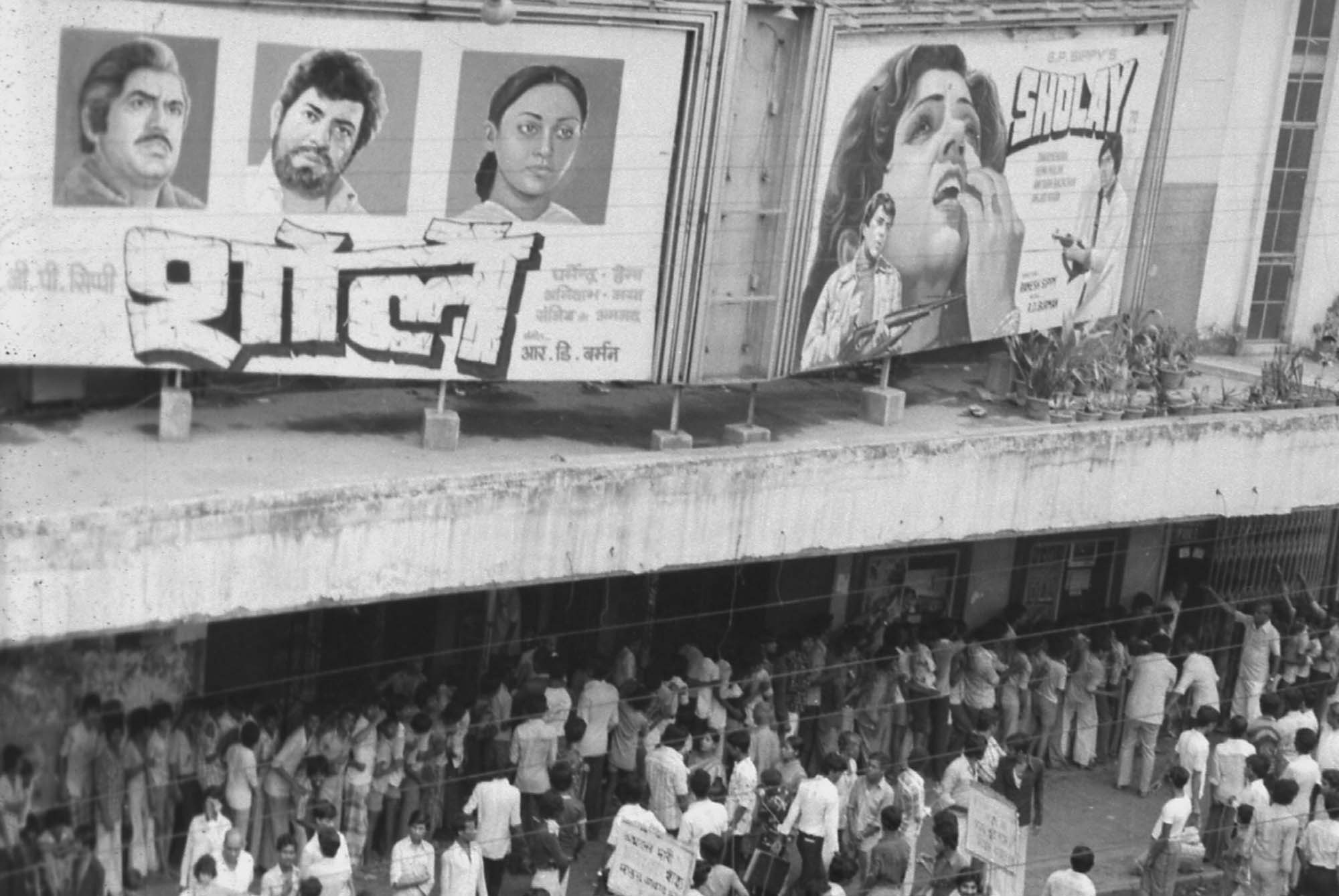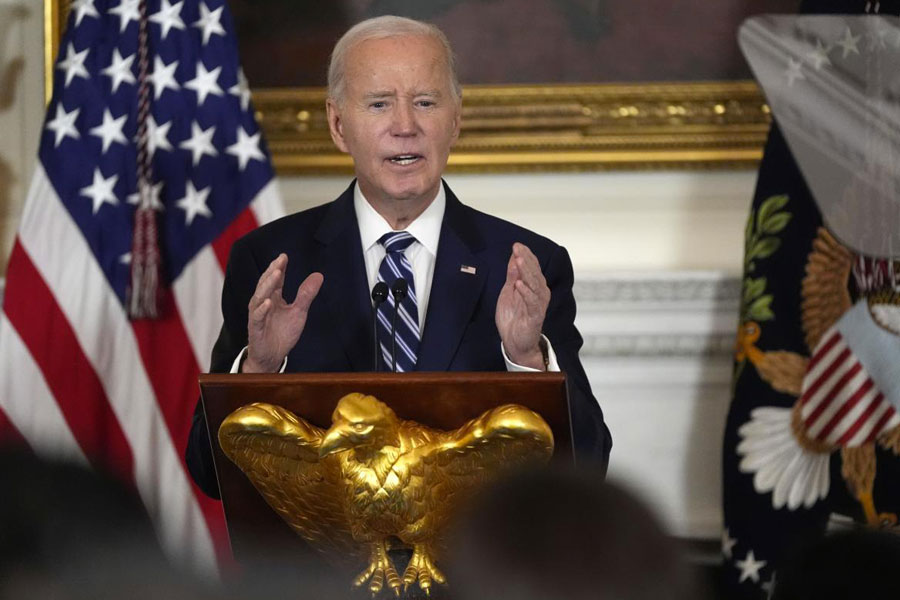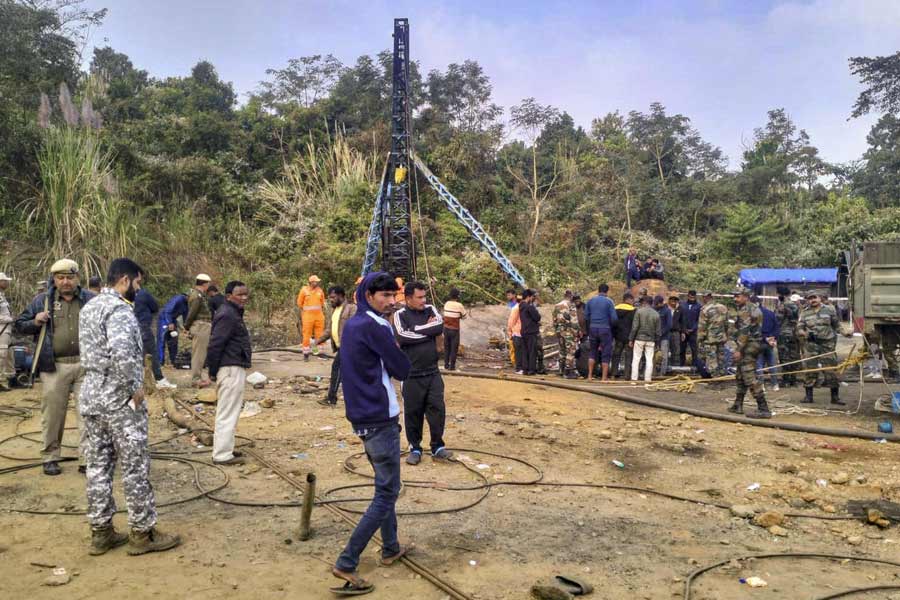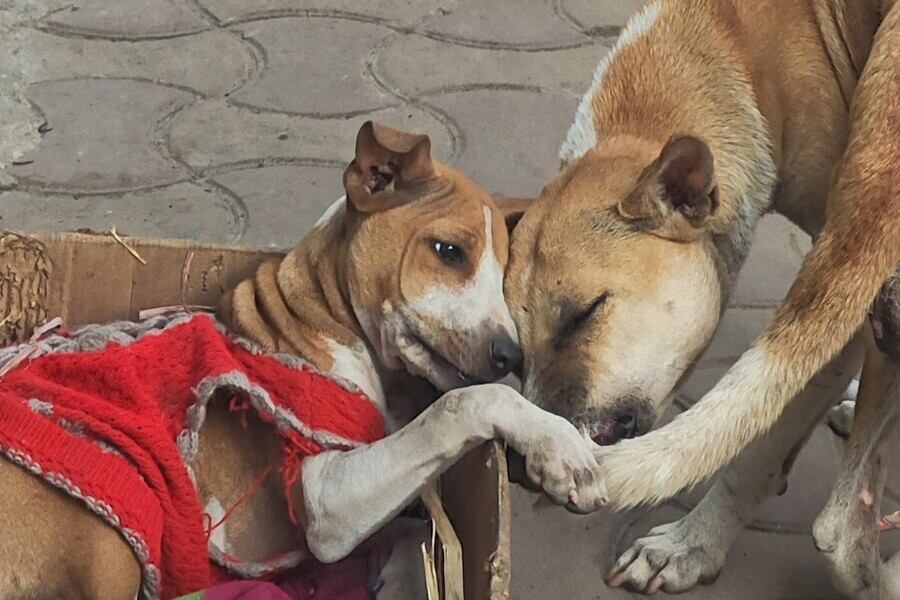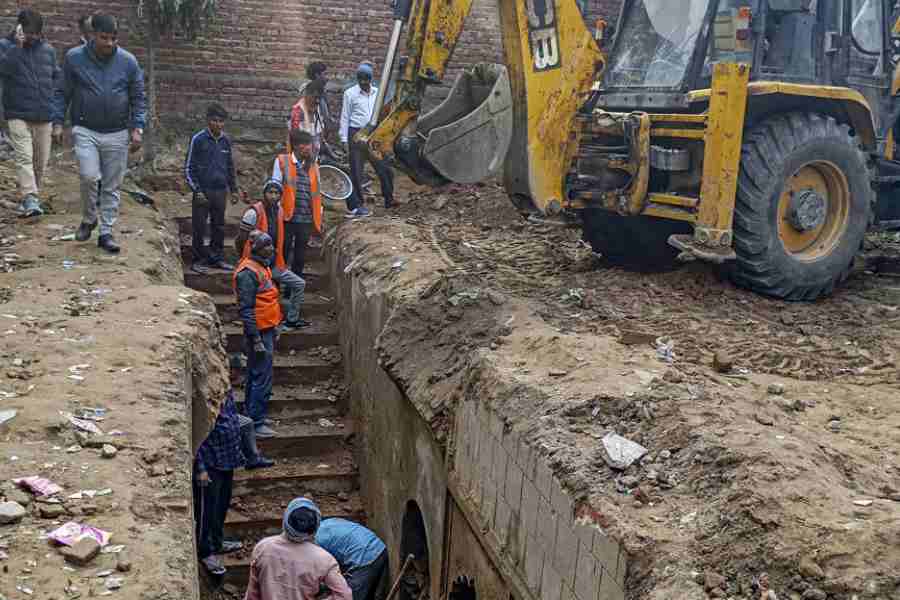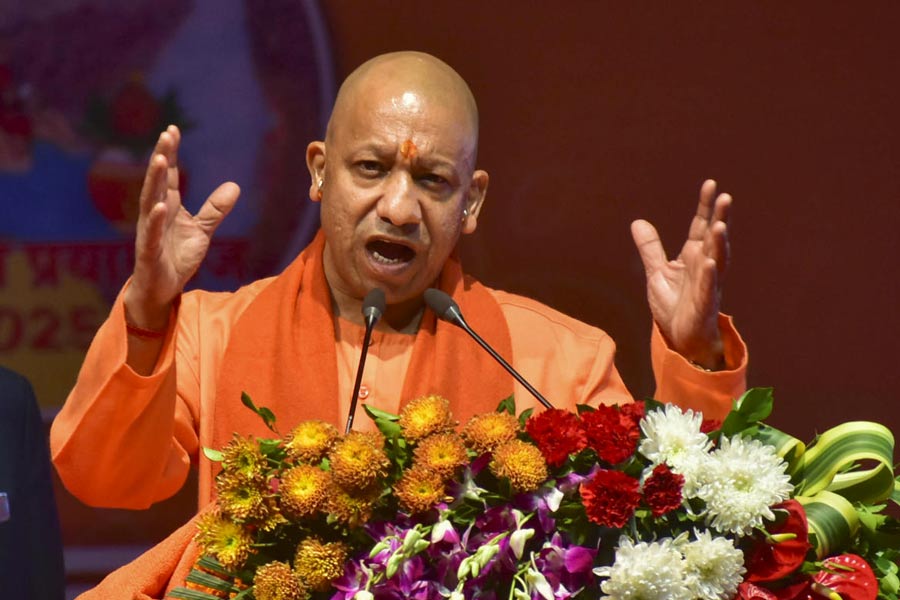Didi, kothaay? asked the taxi driver. “Jyoti Cinema,” I answered. I was quite sure there wasn’t a taxi, bus or tram driver who didn’t know where Jyoti Cinema was. From the time my mother brought me to Calcutta from Mangalore where I was born, I had lived next to it until, 21 years later, I migrated. Jyoti Cinema was our unofficial postal address. It was home.
During vacations in Mangalore, I never missed a chance to brag to our cousins that we could walk in and watch movies for free at the Jyoti. When they came visiting, we’d usher them through the private entrance from the film distributors’ office into the belly of the auditorium, much to their wonderment.
Jyoti Cinema was built in the mid-1930s. Along with us, it witnessed the bloodshed during Partition and cowered when, later, this party or that took to the streets, pelting brickbats and bombs, burning trams and buses.
At first, the Jyoti screened only Hindi films. Then, in the 1970s, after a year-long face lift, it acquired a Todd-AO 70mm screen. There was a grand reopening with South Pacific, the Rodgers and Hammerstein musical, which ran for almost a year. On quiet nights, we could hear the music from our bathroom, where I’d spend an inordinate amount of time humming along until someone came banging on the door. The film was preceded by a documentary, The Miracle of Todd-AO, which took you on a roller-coaster ride. Then came Sholay, which ran for over a year.
What is now called intermission was, in those days, an interval. ‘Intermission’ came with what were called epic movies from Hollywood that ran into three or four hours and were usually based on mythological or biblical themes. The length of these films necessitated a second break for the audience, to stretch their legs or refresh themselves. The ‘interval’ was a break between a news review or documentary or short film and the film itself, which never went beyond one-and-a-half or two hours. During intervals, vendors would bring salted almonds and potato chips in rustling butter paper bags.
A quiet afternoon or evening would suddenly erupt into a bedlam of sounds and smells that announced interval time. The phuchkawala, jhalmuriwala, sellers of cucumber, pineapple and fresh coconuts would bring their wares in a heady mix of aromas. The 15 minutes before and between shows included another set of sounds: black marketeers hawking tickets, chanting ‘do ka chaar, do ka chaar’. Movie addicts thought nothing of paying many times the actual price. At the Jyoti, Sholay set a record in the sale of tickets by these black marketeers.
My father and my cousin and, much later, my brother ran an art studio — the Benegal Studio — on the floor above our flat. They painted posters for films. Hindi film distributors, content with gaudy posters, were unwilling to spend for the quality of their work. But American and British companies sought them out. So they made posters for foreign movies shown at the Lighthouse and the New Empire, which had a screen as well as a state-of-the-art stage frequented by the best musicians, dancers and theatre artists of the world. But never, for some reason, for the Metro. To this day, I don’t know what the quarrel with the Metro was. Posters were not made for the Jyoti until it took on foreign films. It was the only Hindi movie theatre that joined that club and, in fact, outdid them with its 70mm screen. But soon, other theatres acquired it, slowly pushing the Jyoti out of the limelight.
Jyoti Cinema had a kindly usher called Majid, who would let us watch snatches of films from the doorway, hiding us in the folds of the black velvet curtains. Nobody seemed to know whom the Jyoti belonged to. The Gujarati family, which ran the film distribution office below and collected rent from us, claimed ownership of both the theatre and our building.
In the early 1980s, television brought entertainment into people’s homes, portending the decline of cinema halls. Once the smartest theatre in town, Jyoti now began to wear a tired, dishevelled look, and was overrun by rodents and roaches. Funds began to dry up. The pay got held up. Old-time ushers left. Good films stopped coming to the Jyoti. Its frontage was now spattered with cheap printed posters.
The turn of the century brought in malls and multiplexes. The Jyoti struggled to stay afloat. Then, in 2008, Jyoti Cinema closed down for good.
It remained idle and unused for some time. When I visited next, it was being used as a warehouse. The shabby posters were still there. Pimps and prostitutes hung around its portals. What was once a vibrant, handsome landmark of which I had been so proud and possessive of was now a rotting corpse from which I averted my eyes.
In October 2016, I received a phone call from a cousin in Mumbai. “Switch on your TV,” she said, “Your Jyoti Cinema is on fire!” When I turned on the TV to look upon the Jyoti, it was with grief but also with relief, a sense of closure. The Jyoti had died long ago. It was now being cremated. I was more concerned about the building next door which had once been our home. The fire didn’t spread to the building; it scorched the windows and blackened the walls inside the flats.
No one was hurt. No one, except for Jyoti Cinema. It had been ravaged and exterminated. The next time I visited Calcutta, I saw that what used to be ‘our Jyoti Cinema’ had become a gaping shell, vacant, neglected, unused. Jyoti Cinema lies begging to be resurrected, to be given back some pride and dignity.

